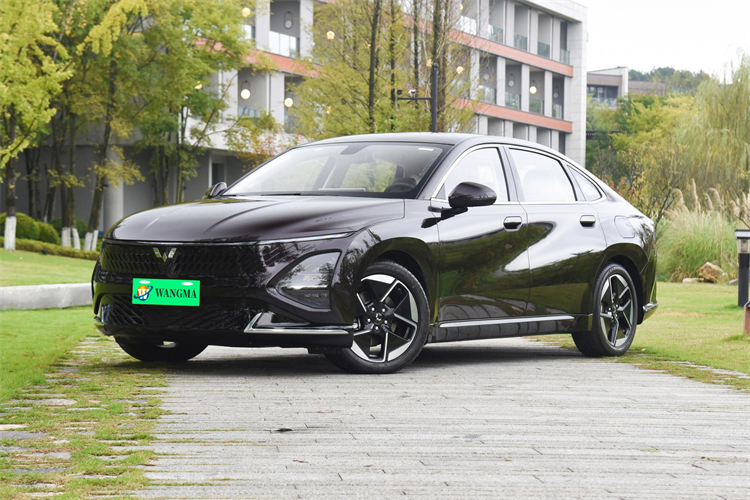
10 月 . 02, 2024 12:41 Back to list
26 Gauge Galvanized Steel Coil Manufacturers and Their Production Processes
Understanding 26 Gauge Galvanized Steel Coil Production
Galvanized steel coils have become a pivotal material in various industries, particularly in construction and manufacturing, due to their excellent corrosion resistance and durability. Among the numerous specifications available, 26 gauge galvanized steel coils are widely regarded for their balance between strength and weight. This article explores the production processes, applications, and advantages of 26 gauge galvanized steel coils, focusing on factories that specialize in their manufacturing.
What is 26 Gauge Galvanized Steel?
Gauge refers to the thickness of the steel, with a lower number indicating a thicker material. In the case of 26 gauge steel, it is approximately 0.0187 inches (0.476 mm) thick. Galvanization is the process of applying a protective zinc coating to steel to prevent rust and corrosion. The combination of these two attributes—thickness and zinc protection—makes 26 gauge galvanized steel an ideal choice for numerous applications where strength, weight, and resistance to the elements are critical.
Production Process
The production of 26 gauge galvanized steel coils begins with high-quality raw steel that is first rolled into sheets. These sheets undergo a series of processes to achieve the desired thickness and physical properties.
1. Cold Rolling Initially, the steel undergoes cold rolling, which reduces its thickness and enhances its mechanical properties. During this process, the steel's surface is also smoothed, preparing it for subsequent treatment.
2. Galvanization After cold rolling, the steel sheets are cleaned to remove any contaminants that could affect the adhesion of the zinc coating. The cleaned sheets are then passed through a molten zinc bath in a process known as hot-dip galvanization. The steel reacts with the zinc to form a robust and protective layer.
3. Re-coiling Post-galvanization, the sheets are re-coiled into rolls of various sizes, allowing for easy handling and transportation to manufacturers and builders.
4. Quality Control Factories adhere to strict quality control measures, conducting tests for coating thickness, adhesion, and overall surface quality to ensure that the final product meets industry standards.
Industries and Applications
26 gauge galvanized steel coil factories

26 gauge galvanized steel coils are utilized across a wide range of industries due to their versatile properties. Some of the key applications include
- Construction Used in roofing, siding, and structural components, the steel's lightweight and corrosion resistance make it a preferred choice for both residential and commercial buildings. - Automotive Manufacturers use galvanized steel for exterior body panels and parts, where both aesthetics and durability are required. - HVAC Ductwork made from galvanized steel is commonplace in heating, ventilation, and air conditioning systems due to its strength and resistance to moisture.
Advantages of 26 Gauge Galvanized Steel Coils
1. Corrosion Resistance The zinc coating provides an effective barrier against moisture and environmental factors, greatly prolonging the life of the material compared to non-coated alternatives.
2. Cost-Effective While the upfront cost may be slightly higher, the longevity and reduced maintenance needs signify lower overall expenses over time.
3. Ease of Fabrication Factories find 26 gauge galvanized steel easy to cut, shape, and weld, enhancing its appeal for varied applications.
4. Aesthetic Appeal The smooth surface of galvanized steel offers a visually appealing finish, making it a favorite for both functional and decorative purposes.
5. Sustainability Steel is inherently recyclable, and many factories implement sustainable practices in their production processes, contributing to a reduced environmental impact.
Conclusion
The factories producing 26 gauge galvanized steel coils play a critical role in multiple sectors by providing a product that combines strength, durability, and aesthetic appeal. As industries continue to evolve and demand higher-performing materials, the importance of galvanized steel, particularly in this gauge, will likely expand. With ongoing advancements in production technology and quality control, the future of galvanized steel coils appears bright, promising innovative solutions for modern construction and manufacturing challenges.
-
Galvanized steel sheet price hot-dip galvanized
NewsMar.07,2025
-
Galvanized steel sheet price hot-dip galvanized
NewsMar.07,2025
-
Galvanized steel sheet price hot-dip galvanized
NewsMar.07,2025
-
Galvanized steel sheet price hot-dip galvanized
NewsMar.07,2025
-
Galvanized steel sheet price hot-dip galvanized
NewsMar.07,2025
-
buy corrugated roof sheet end capping
NewsMar.07,2025